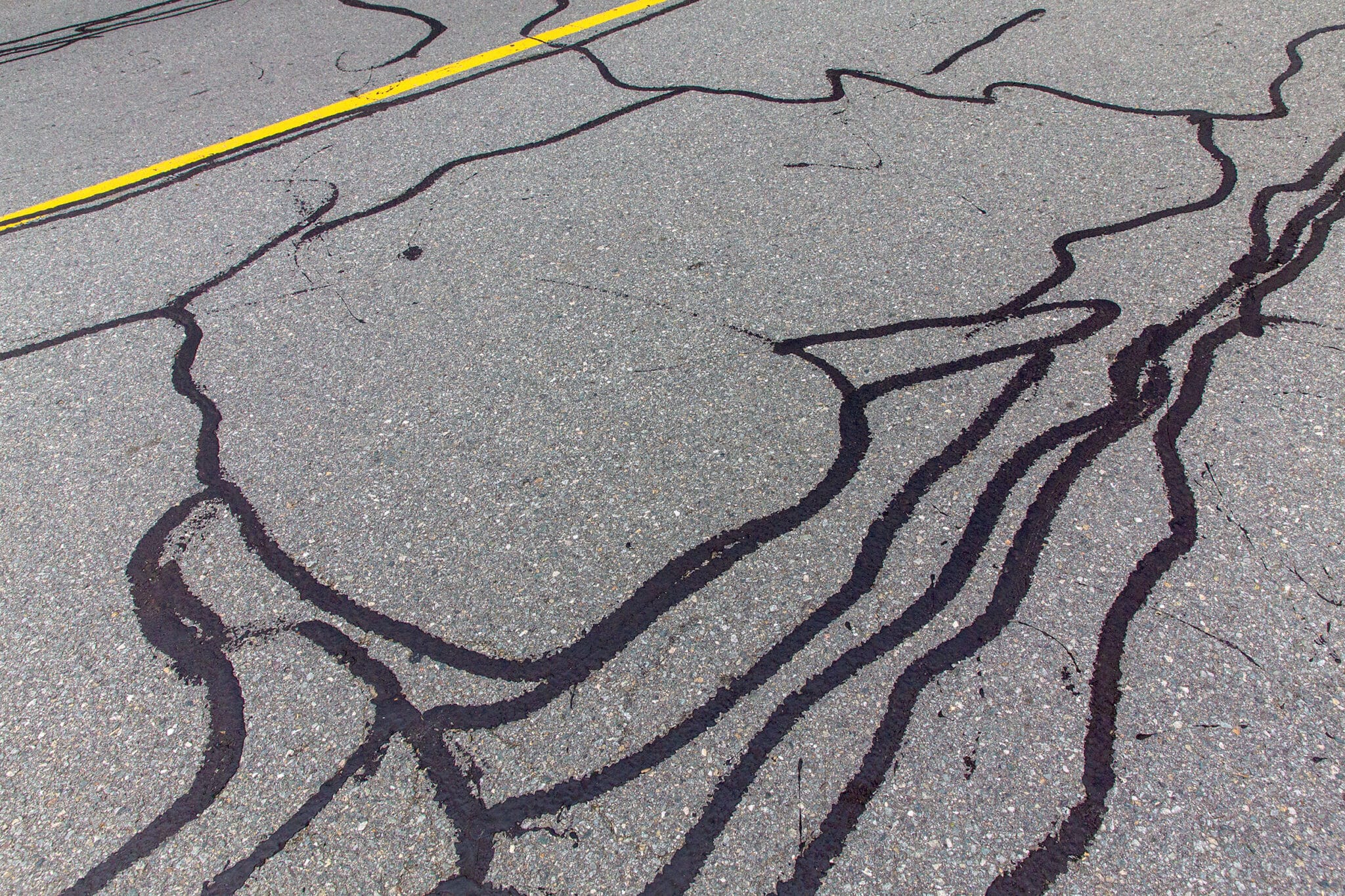Warm Mix Asphalt: A Lasting Solution for Pavement
Warm Mix Asphalt (HMA) has actually arised as a leading sustainable selection for sidewalk remedies, supplying a myriad of environmental advantages and cutting-edge innovations. As the demand for green building practices expands, exploring the subtleties of HMA's sustainability can offer valuable understandings right into the future of pavement remedies.
Ecological Advantages of Warm Mix Asphalt

Furthermore, Hot Mix Asphalt aids to mitigate urban warmth island impacts. Its dark color soaks up sunshine, minimizing the amount of warmth showed back into the environment contrasted to lighter-colored pavements. This can decrease ambient temperatures in city areas, lowering the demand for air conditioning and eventually reducing power intake.
In enhancement, Warm Mix Asphalt adds to enhanced stormwater management. Its porous nature permits water to penetrate the pavement and charge groundwater materials, reducing overflow and the risk of flooding. These environmental advantages make Warm Mix Asphalt a lasting option for leading roadways and freeways.
Power Performance in HMA Manufacturing
Is energy performance a vital aspect in the production of Hot Mix Asphalt (HMA)? Energy plays a significant role in the manufacturing of HMA, impacting both price and environmental sustainability. One essential aspect of power performance in HMA production is the usage of warm mix asphalt (WMA) technologies.
In addition, innovations in plant innovations have caused more energy-efficient HMA manufacturing procedures. Modern plants are designed with attributes like recycled asphalt sidewalk (RAP) processing abilities, reliable burner systems, and enhanced insulation, all adding to power cost savings. By maximizing energy usage in HMA manufacturing, the industry can lower its carbon impact while keeping top quality pavement products. Energy efficiency is, as a result, a critical factor to consider in making certain the sustainability of Hot Mix Asphalt manufacturing.
Recyclability of Hot Mix Asphalt
The recyclability of Hot Mix Asphalt (HMA) is a crucial aspect of its sustainability and lasting ecological effect. HMA is one of the most recycled materials in the USA, with over 100 million lots of redeemed asphalt sidewalk (RAP) being recycled annually in brand-new pavement construction. Reusing HMA provides numerous ecological benefits, such as lowering the demand for virgin products, decreasing power usage during production, and reducing the quantity of waste sent to land fills.
The process of reusing HMA involves grating the existing pavement, crushing it right into smaller sized pieces, and blending it with new aggregate and asphalt binder to create a recycled mix. Overall, the recyclability of HMA plays a webpage considerable role in advertising lasting practices within the sidewalk industry.

Long-Term Efficiency of HMA
Asphalt sidewalks show sturdiness and resilience over an extended period, mirroring the lasting performance of Warm Mix Asphalt (HMA) In addition, innovations in HMA technology, such as the use of polymer-modified binders and cozy mix asphalt, have better boosted the durability and longevity of HMA pavements. By prioritizing quality building and maintenance methods, HMA continues to confirm itself as a cost-effective and sustainable solution for lasting pavement facilities.

HMA: Longevity and Sustainability
Showing both durability and sustainability, Hot Mix Asphalt (HMA) has become a keystone in the building of long-lasting sidewalk infrastructures - regrading. HMA's durability originates from its capacity to hold up against web hefty tons, harsh climate condition, and high traffic volumes, making it a reputable option for highways, freeways, and airport terminal paths. The composition of HMA, which commonly includes accumulations, binder, and filler, plays a vital role in improving its long life and resistance to tear and put on
Additionally, HMA's sustainability depends on its recyclability and energy-efficient production procedure. The capacity to recycle reclaimed asphalt sidewalk (RAP) in new HMA mixtures minimizes the demand for virgin products and reduces the ecological effect of pavement building and maintenance. Additionally, the power efficiency of generating HMA hinges on its reduced mixing temperature levels compared to various other pavement Home Page materials, leading to minimized power usage and greenhouse gas exhausts.
Final Thought
In final thought, warm mix asphalt (HMA) provides a lasting remedy for pavement with its ecologically friendly qualities. HMA's recyclability, energy performance in production, and long-lasting longevity make it an eco-friendly selection for road construction.
HMA is one of the most recycled materials in the United States, with over 100 million lots of recovered asphalt sidewalk (RAP) being reused each year in brand-new sidewalk construction.The process of reusing HMA involves grating the existing sidewalk, crushing it into smaller sized items, and blending it with brand-new aggregate and asphalt binder to create a recycled mix.Asphalt pavements show longevity and strength over a prolonged duration, mirroring the long-term efficiency of Hot Mix Asphalt (HMA) Furthermore, innovations in HMA modern technology, such as the usage of polymer-modified binders and cozy mix asphalt, have actually even more improved the toughness and longevity of HMA pavements. The capability to reuse recovered asphalt pavement (RAP) in new HMA mixtures reduces the need for virgin materials and reduces the environmental influence of sidewalk building and maintenance.